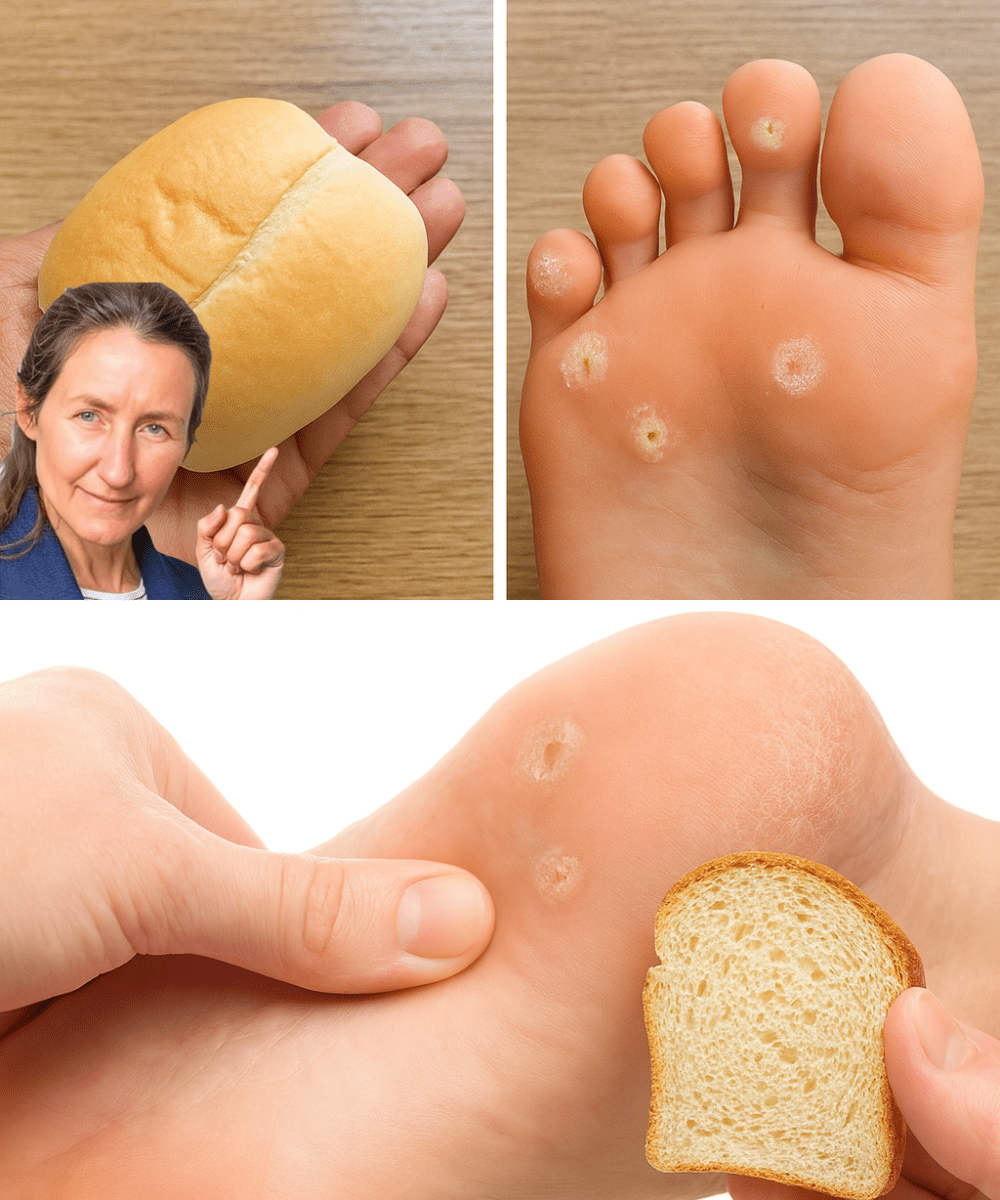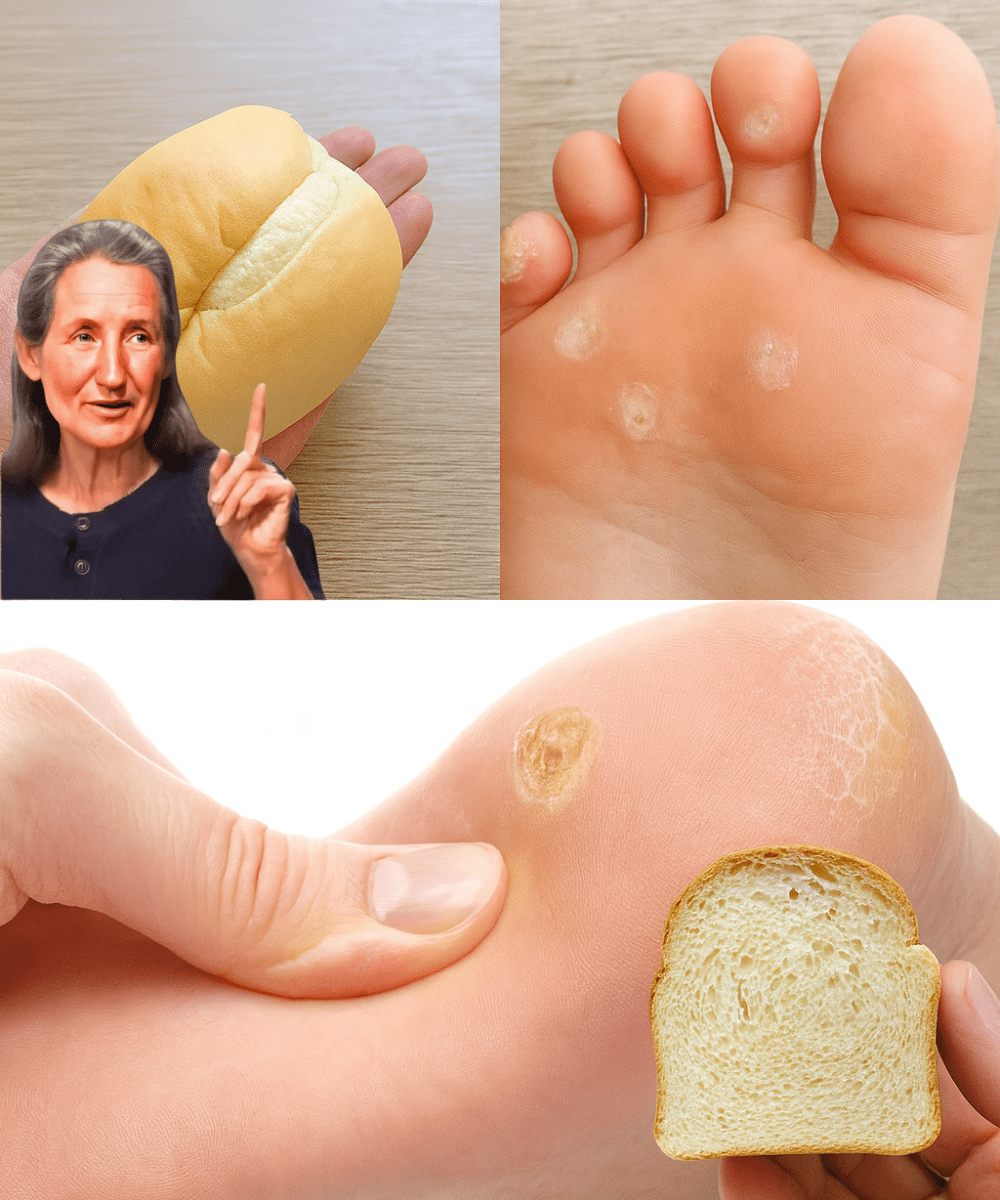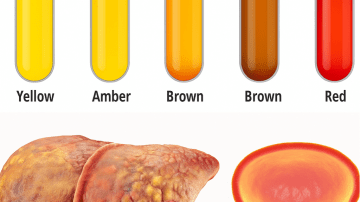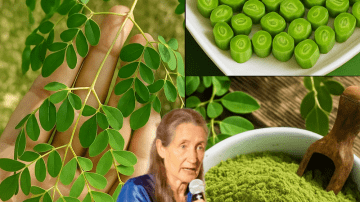What if the secret to silky-smooth feet was hiding in your kitchen pantry? Forget pricey pedicures or chemical-laden creams—there’s a surprisingly simple, natural remedy that transforms rough, stubborn calluses into soft, healthy skin. Believe it or not, bread is the star of this game-changing foot care trick. Paired with a splash of vinegar, this humble ingredient works wonders while you sleep, leaving your feet feeling pampered and renewed. Curious about how a slice of bread can revolutionize your foot care routine? Dive into this guide to uncover the magic of this affordable, effective remedy and step into smoother days!

🦶 Why Calluses Are a Pain (and Why You’ll Love This Solution)
Calluses—those tough, hardened patches on your feet—can make every step feel uncomfortable. Whether caused by tight shoes, long hours standing, or intense workouts, these rough spots are more than just a cosmetic nuisance; they can lead to cracked heels or even pain if ignored. But here’s the good news: you don’t need expensive treatments or salon visits to tackle them. This bread-based remedy is natural, budget-friendly, and incredibly effective, using ingredients you likely already have at home. Ready to give your feet the TLC they deserve? Let’s explore why this remedy is your new go-to for callus-free feet.
🔍 Understanding Calluses: Why They Form
Before we dive into the remedy, let’s unpack why calluses appear in the first place. These thickened skin patches develop as your body’s defense against repeated pressure or friction. Common culprits include:
- Tight or Ill-Fitting Shoes: Shoes that pinch or rub can trigger callus formation, especially on heels and toes.
- Prolonged Standing or Walking: Jobs or lifestyles that keep you on your feet increase pressure on key areas.
- High-Impact Activities: Running, hiking, or sports can cause friction, leading to toughened skin.
- Neglected Foot Care: Skipping moisturizing or exfoliation lets calluses build up over time.
Left untreated, calluses can become painful, crack, or make walking a chore. That’s where this surprising bread remedy comes in to save the day!
🥪 The Bread and Vinegar Remedy: Your Ticket to Soft Feet
This old-school remedy might sound quirky, but it’s a tried-and-true method for softening even the toughest calluses. Bread, when soaked in vinegar, becomes a powerful skin-softening agent, breaking down hardened tissue naturally and gently. Here’s everything you need to get started and how to make it work.
What You’ll Need
- A slice of white bread: Fresh, not toasted, for optimal texture and absorbency.
- Apple cider vinegar or white vinegar: The acidic properties help dissolve dead skin.
- A bandage or plastic wrap: To secure the remedy in place overnight.
- A bowl: For soaking the bread.
Step-by-Step Instructions
- Soak the Bread: Place the bread slice in a bowl and pour enough vinegar over it to fully saturate it. Let it sit for a few minutes until soft and mushy.
- Apply to Callus: Place the soaked bread directly onto the callused area, ensuring full coverage.
- Secure It: Wrap the area with a bandage or plastic wrap to keep the bread in place. This also helps the vinegar penetrate deeply.
- Let It Work Overnight: Go to bed and let the remedy soften the callus while you sleep.
- Rinse and Repeat: In the morning, remove the bandage, wash your feet with warm water, and gently rub the area with a pumice stone if needed. Repeat nightly for a few days until the callus softens and peels away effortlessly.
This simple process delivers results without harsh chemicals or expensive tools, making it perfect for anyone seeking a natural solution.
🌟 Why This Bread Remedy Is a Game-Changer
What makes this bread and vinegar trick so special? It’s more than just a quirky hack—it’s a practical, effective way to care for your feet. Here’s why it stands out:
- Budget-Friendly: No need to splurge on fancy foot creams or spa treatments—bread and vinegar cost pennies.
- All-Natural: Uses safe, kitchen-staple ingredients, free from synthetic chemicals or additives.
- Highly Effective: The acetic acid in vinegar softens tough skin, while the bread holds the moisture in place for maximum results.
- Convenient: Apply it before bed and let it work while you rest—no extra time or effort required.
- Gentle on Skin: Unlike aggressive scrubs or peels, this remedy is kind to your feet while tackling calluses.
With these benefits, it’s no wonder this remedy has been a trusted secret for generations!
🛁 Elevate Your Foot Care Routine: Pro Tips for Lasting Results
To keep your feet smooth and callus-free long after using the bread remedy, incorporate these expert foot care tips into your routine:
- Soak Regularly: Treat your feet to a 10–15-minute soak in warm water with Epsom salt once or twice a week to soften skin and relax tired muscles.
- Exfoliate Gently: After the bread remedy, use a pumice stone or foot file to gently slough off softened calluses, revealing smoother skin.
- Moisturize Daily: Lock in hydration with natural oils like coconut oil or olive oil to prevent dryness and new callus formation.
- Choose Smart Footwear: Opt for comfortable, well-fitting shoes with good arch support to reduce pressure and friction.
- Rotate Shoes: Give your shoes a break between wears to prevent moisture buildup, which can worsen calluses.
- Stay Consistent: Make foot care a habit to prevent calluses from returning, especially if you’re active or on your feet often.
These simple steps amplify the effects of the bread remedy, ensuring your feet stay soft, healthy, and ready for anything.

🚶 Why Smooth Feet Matter More Than You Think
Calluses might seem like a minor issue, but they can impact your comfort, confidence, and even your mobility. Rough, hardened skin can make walking painful, discourage you from wearing your favorite sandals, or lead to more serious issues like cracked heels. By tackling calluses with this bread remedy, you’re not just improving the look of your feet—you’re investing in your overall well-being. Soft, healthy feet make every step feel lighter, whether you’re hitting the gym, strolling through the park, or simply relaxing at home.
💡 Customizing the Remedy for Your Needs
Want to make this remedy even more effective or tailored to you? Try these variations:
- Boost with Essential Oils: Add a drop of tea tree oil to the vinegar for its antibacterial properties, keeping your feet fresh and infection-free.
- Use Sourdough: If white bread isn’t your thing, try sourdough for a slightly different texture that still works well.
- Enhance with Lemon: Mix a splash of lemon juice into the vinegar for extra exfoliating power and a refreshing scent.
- Target Stubborn Calluses: For extra-tough spots, double up on the bread layer to ensure deeper penetration.
Experiment to find what works best for your feet, and enjoy the process of pampering yourself naturally.
🌼 Final Step: Step Into Confidence with Smoother Feet
Why let calluses hold you back when a slice of bread and a splash of vinegar can set your feet free? This surprisingly effective remedy is proof that the best solutions are often the simplest. Affordable, natural, and easy to do at home, it’s the perfect way to banish rough patches and restore your feet to their soft, smooth glory. Whether you’re prepping for sandal season, soothing tired feet, or just craving a little self-care, this bread hack is your secret weapon. So, grab that loaf, pour some vinegar, and start your journey to callus-free feet tonight. Your soles will thank you, and you’ll step into every day with newfound confidence!






